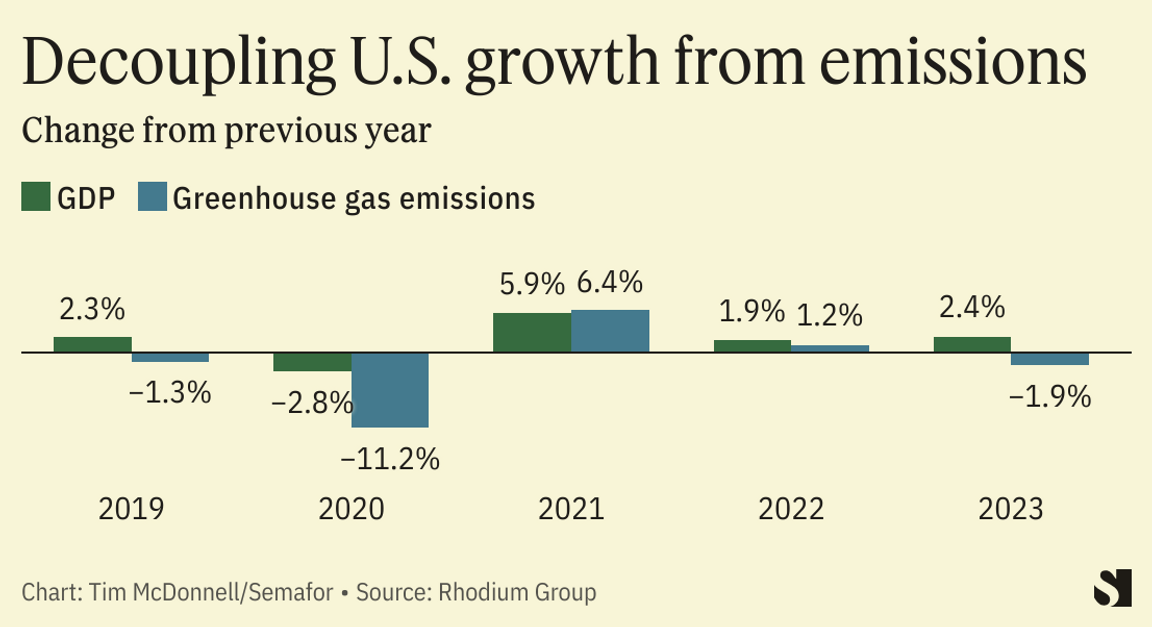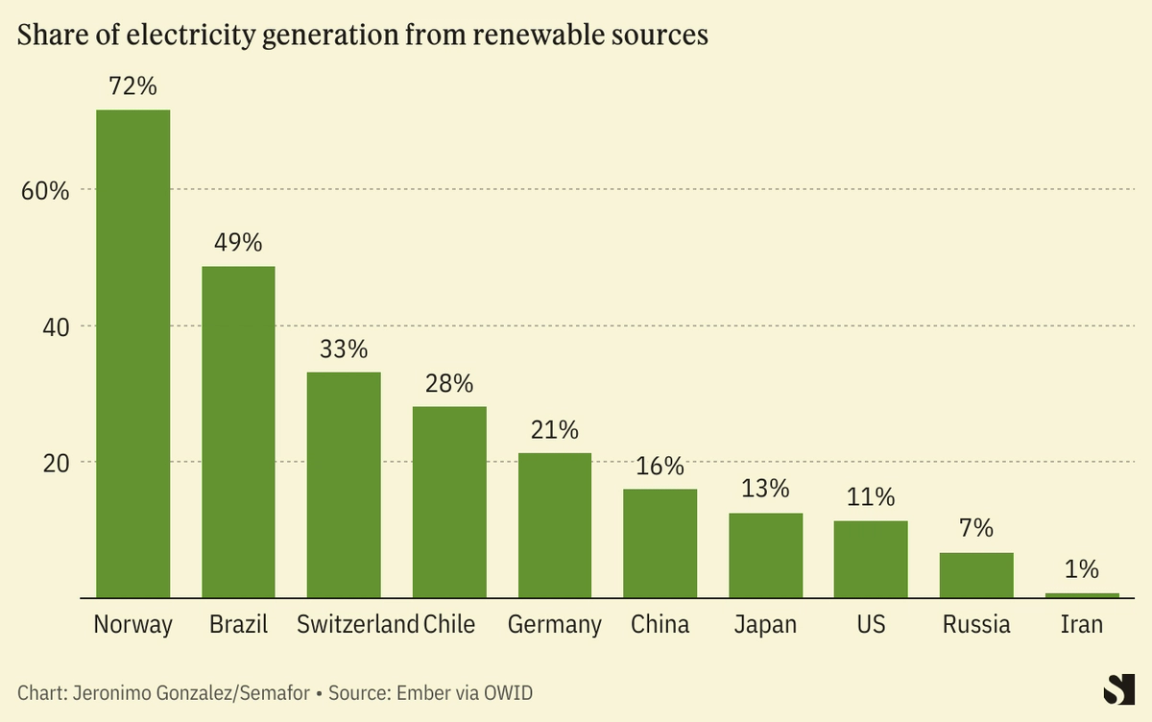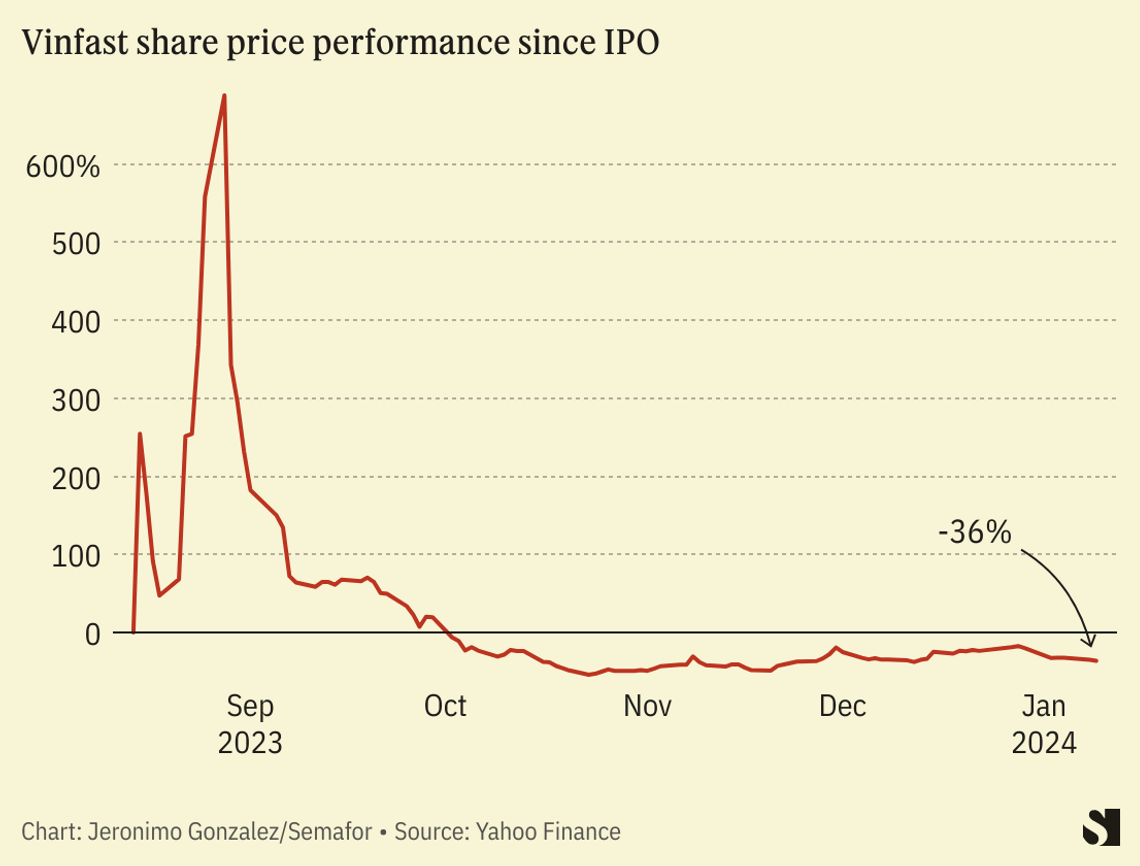 Courtesy Kelvin Courtesy KelvinMarshall Cox’s journey into climate tech started when his Columbia University engineering PhD was almost derailed by two disruptions in his apartment that should be familiar to anyone who’s lived in New York City in the winter: A clanging, overheated radiator, and an obnoxious roommate who won’t stop complaining about it. In Cox’s case, the roommate was his twin brother, so he couldn’t exactly kick him out. Instead, he went to work with some foil wrap, a fan, a programmable circuit board, and “a lot of duct tape,” rigging up a system to insulate the radiator and keep the room temperature moderate without resorting to the old trick of opening a window. A decade later, Cox has spun a homemade hack into a startup, Kelvin, that raised $30 million last year and has installed energy-saving radiator covers in about 15,000 New York City apartments. Energy consumed by buildings, especially natural gas for heating, contributes two-thirds of New York’s carbon footprint. But it’s costly to replace the old-style central radiator systems of large apartment buildings with electric, lower-carbon alternatives. Instead, Kelvin’s system balances radiator heat between rooms, which cuts down the building’s energy use; Cox said that for most building owners the cost of the system is quickly offset by energy bill savings. Now he’s planning to go a step further, installing this month in a low-income housing complex the pilot version of a new system that combines an apartment-sized electric heat pump with a small thermal battery. In the winter, the system cuts radiator use, and in summer, the battery stores electricity at night that can be sold at higher prices back into the grid the next day. “You get about 75% of the decarbonization benefit, at what amounts to less than 15% of the implementation costs of [full] electrification,” Cox said. “And the economics are such that we can fully finance the deployment of this technology through demand response.” A new New York law that mandates large buildings to cut their carbon footprint, and a $27 billion package of federal grants for clean energy and energy efficiency in buildings will clear a path for similar startups, he said: “This year is going to be outrageous.” |














